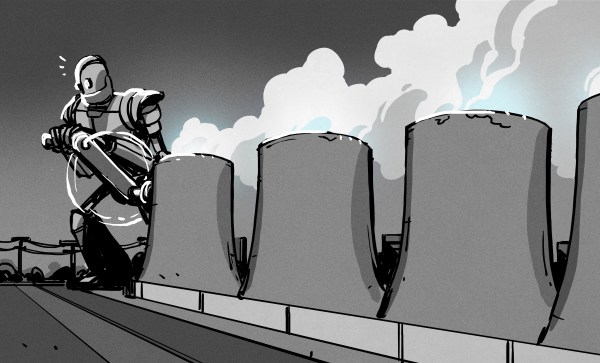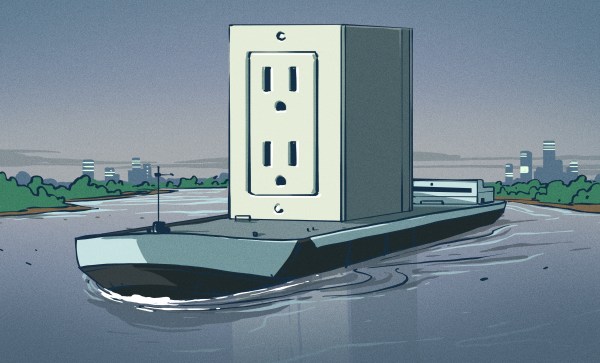With climate change concerns front of mind, the world is desperate to get to net-zero carbon output as soon as possible. While direct electrification is becoming popular for regular passenger cars, it’s not yet practical for more energy-intensive applications like aircraft or intercontinental shipping. Thus, the hunt has been on for cleaner replacements for conventional fossil fuels.
Hydrogen is the most commonly cited, desirable for the fact that it burns very cleanly. Its only main combustion product is water, though its combustion can generate some nitrogen oxides when burned with air. However, hydrogen is yet to catch on en-masse, due largely to issues around transport, storage, and production.
This could all change, however, with the help of one garden-variety chemical: ammonia. Ammonia is now coming to the fore as an alternative solution. It’s often been cited as a potential way to store and transport hydrogen in an alternative chemical form, since its formula consists of one nitrogen atom and three hydrogen atoms.However, more recently, ammonia is being considered as a fuel in its own right.
Let’s take a look at how this common cleaning product could be part of a new energy revolution.
Continue reading “Japan Wants To Decarbonize With The Help Of Ammonia”


















